Yes, Sziget truly is a once-in-a-lifetime experience.
From August 6 to 11, Ecletismo Musical followed the Sziget Festival in Budapest as International Press and here shares a summary of what we experienced.
There are events that go far beyond a simple lineup. Sziget is one of those rare places where music is just the starting point. Every step on the island opens the door to new artistic experiences, unexpected encounters, and a feeling that is hard to translate: for a few days, we live in a parallel city that breathes art and freedom.
In the heart of the Danube, Óbuda Island becomes a massive stage, bringing together hundreds of concerts, performances, installations, circus acts, and sensory experiences. It’s a borderless celebration from rock to electronic, jazz to hip hop, folk to pop, and even classical and traditional music, all happening simultaneously, all in harmony despite their apparent disconnection, and running 24 hours a day.
There’s no dominant genre, although some may stick to the Main Stage for today’s biggest pop acts. Instead, there is a constant dialogue between languages and cultures. In short, there’s Eclecticism!
Although Sziget spans around 76 hectares (that’s 760,000 square meters), attention to detail is everywhere: careful planning, countless artistic touches, and integration with the surrounding forest environment that truly transform the “Island of Freedom” into a special place.
For Ecletismo Musical, Sziget is the perfect metaphor: diversity without fear, discovery as a natural instinct, and curation that challenges the idea that you must choose only one path. Here, we can be many things at once. We can listen, absorb, reflect and return changed.
More than a festival, Sziget is (still) a temporary utopia. Perhaps that’s why, when the island says goodbye, what we take home isn’t just the memory of the concerts, but the comforting certainty that this little parallel world exists to remind us that art (and life) is a space where everyone belongs.
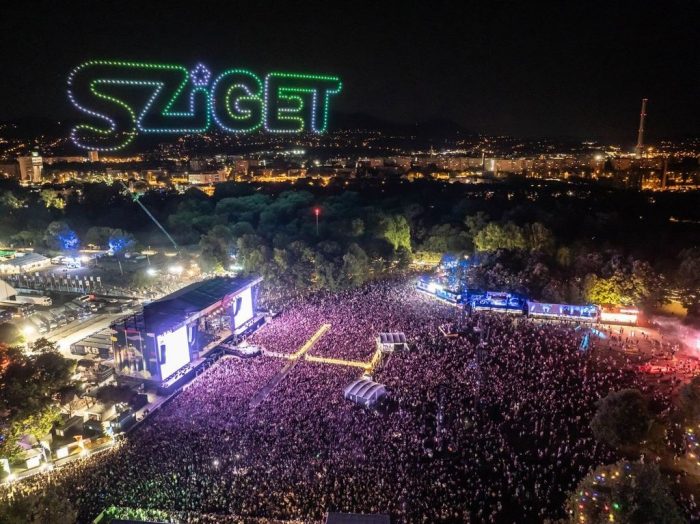
Over six days, an ephemeral city rises up, defying the voices in so many parts of the world that preach isolation and fear of others. At Sziget, languages mix naturally, clothes become statements of freedom, and music is the excuse to build bridges where others would rather build walls.
That is why the role of cultural events like this is vital: to remind us that, at our core, people are the same though thankfully, all different.
Among thousands of strangers who quickly become partners in adventure, the program is as diverse as the crowd that lives it. Here, freedom is almost a silent religion.
Ultimately, Sziget reflects what we believe: music doesn’t need borders, it needs encounters.
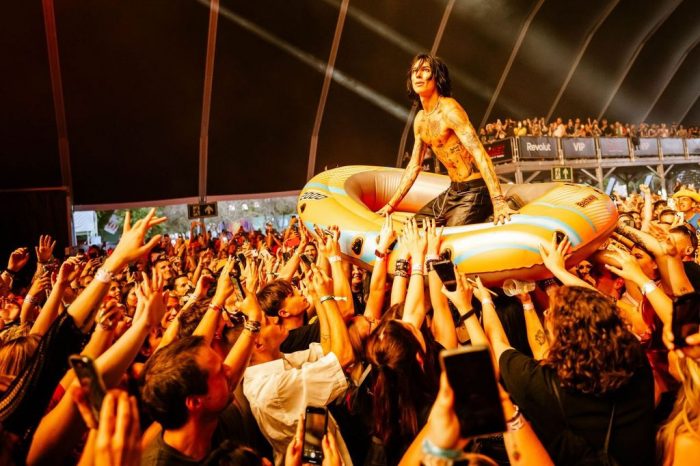
In 2025, 416,000 people shared this space without violence, without tension, without hate, without repression, only the energy of healthy togetherness and the simple joy of living. Here, it doesn’t matter where you’re from, your culture, your sexual orientation, or your religion. What matters is being present, listening, dancing, looking into someone’s eyes, and recognizing in them a reflection of yourself.
Of course, today’s Sziget isn’t the same as in its early days, when in 1993 two young Hungarians (in a country emerging from political and economic transition after the fall of communism) created the “Student Island” with a purely communal spirit.
Now, during six days of “Island of Freedom,” Óbuda Island is also a massive commercial engine, where big brands set up visually striking bars and stands (some with DJs) and food trucks from all over the world coexist with the stages and artistic experiences.
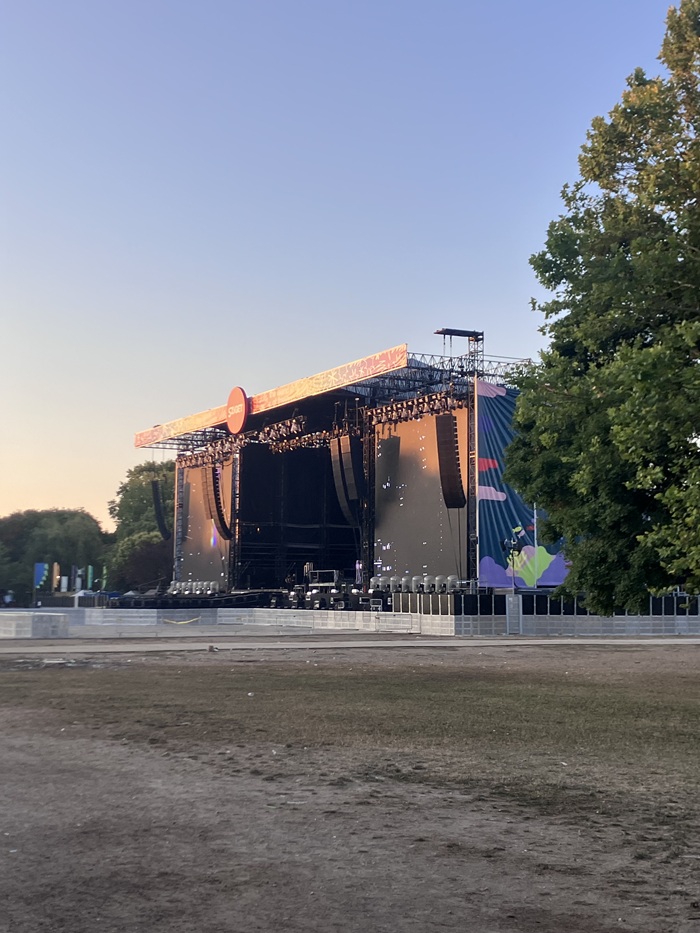
The festival has adapted to the times and to the way many see these events as moments of entertainment and consumption. The big difference between Sziget and other festivals is that, despite this, the spirit, the location, and the diversity allow it to keep part of its original sense of sharing and community alive.
The audience is varied: from those who camp for the full six days, whether in near-wild camping just meters from the stages or in more peaceful glamping zones coming from many countries (with a strong presence of Brits, French, and Italians) to those who come just for a day (a significant number of whom are Hungarians).
Few festivals make diversity and simultaneity so visible as Sziget. Every stage, every tent, every artistic space tells its own story often unnoticed by those who look only at the main lineup.
Over the years, some critics have claimed the lineups have gradually lost part of that diversity, favoring pop and electronic music genres that are more viral and with greater appeal to a young, global audience. This is a superficial view that ignores the complexity of an event that strives to be both global and inclusive.
Sziget is not just a music festival: it’s an ephemeral city, a collective experience that demands flexibility and adaptation. With thousands of participants from more than 100 nationalities, it’s only natural that it evolves with the times. Classic super-bands no longer frequent the festival circuit, opting instead for individual concerts or their own tours.
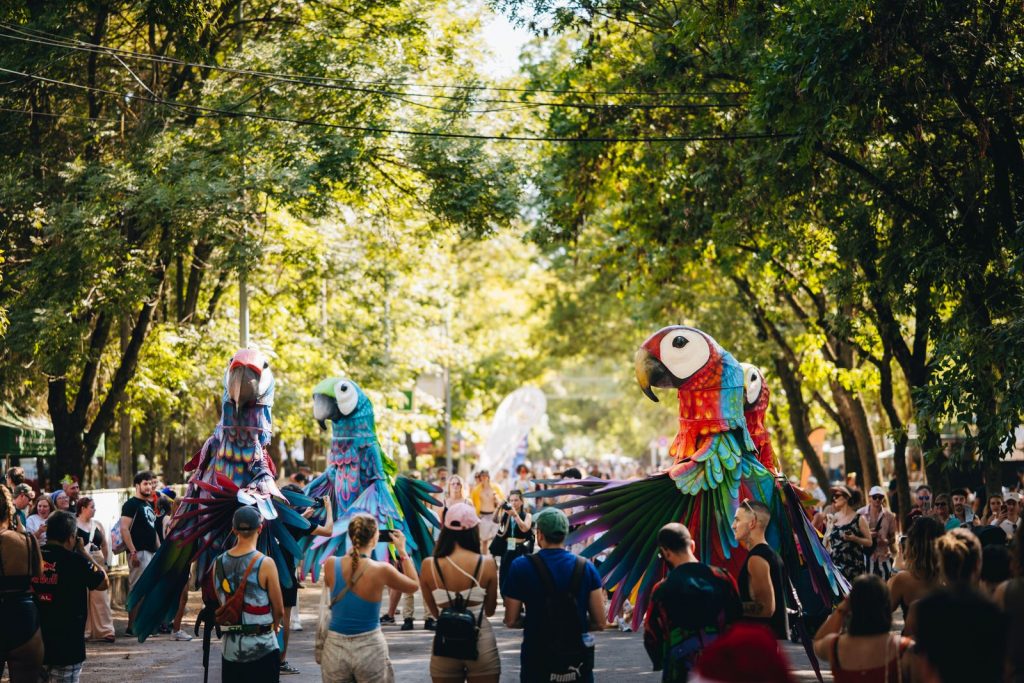
Meanwhile, the younger generations, who make up most of the six-day audience, consume music differently, influenced by pop, social media virality, and new modes of cultural interaction. In this sense, booking more “mainstream” or electronic acts isn’t a loss of identity, but a strategic adaptation to remain relevant and attract audiences.
Still, reducing Sziget to this reading is simplistic. It’s reductive and often lazy to analyze the festival (as some mainstream publications do) by focusing solely on the Main Stage. Between concerts, there’s an abundance of activity: performances, interactive installations, exhibitions, talks, and sensory experiences that fill every corner of the island. Every artistic intervention, every tent or creative space is an opportunity for discovery and these parallel experiences are as memorable as the main concerts. Ignoring them means missing the festival’s essence at once chaotic, well organized, and infinitely diverse.
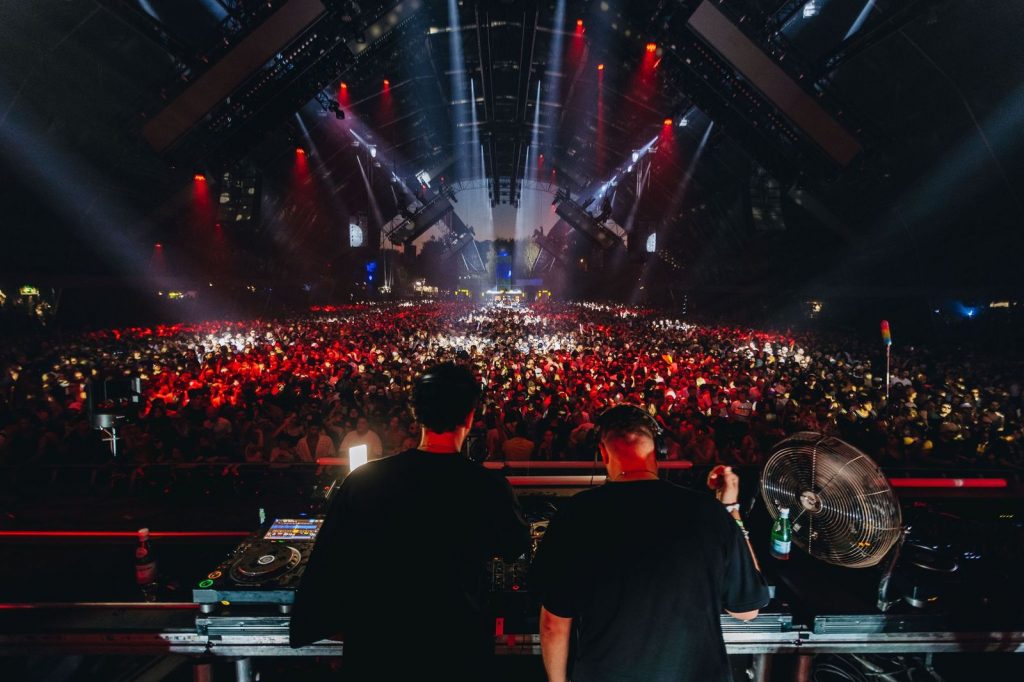
Sziget is, in this sense, a living organism. It blends tradition and innovation, massive shared moments with personal discoveries. Even as it adapts lineups to today’s tastes, it maintains the promise of cultural diversity and simultaneity that made it unique. Every visitor whether just walking between stages or stumbling into an art installation is invited to embrace the unpredictable, to feel part of a global community that, for a few days, challenges borders, expectations, and routines.
Ecletismo Musical will also publish an article with the main highlights for each day.

![[Review] Sziget 2025 (EN Version)](https://www.ecletismomusical.pt/wp-content/uploads/2025/08/orig_Sziget_Festival_2025_20241129171537-4214996135-787x787_c.jpg)
![[BBC Radio 1] Arctic Monkeys – I Bet You Look Good On the Dancefloor (Live)](https://www.ecletismomusical.pt/wp-content/uploads/2018/06/34631417_10156381697540967_2101154707656409088_n-1-300x200_c.jpg)
![[Update] Super Bock Em Stock](https://www.ecletismomusical.pt/wp-content/uploads/2018/09/36648301_2236238873083679_6055098082775793664_n-300x200_c.png)
![[Live Performance] Loyle Carner – Purpose (feat. navy blue]](https://www.ecletismomusical.pt/wp-content/uploads/2025/11/489964924_1189162859227671_8262939376001855858_n-300x200_c.jpg)
No Comments Yet!
You can be first to comment this post!